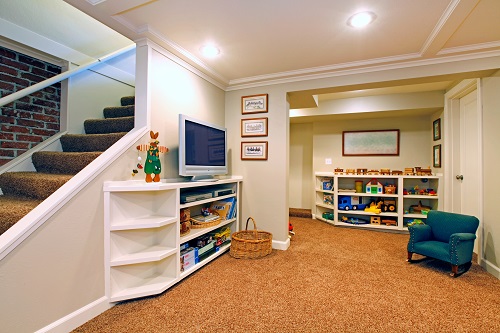 (412) 364-9114
(412) 364-9114

When it comes to home plumbing, you probably give a little more thought to sinks, baths and showers. However, one piece of equipment many of us ignore is the sump pump. What does it actually do? Where is it? Do I even have one? These are a few questions heard a lot.
With fall approaching, rainy days are here again. Many areas of Allegheny County are prone to basement flooding, and if your sump pump isn’t up to snuff, you could find a new swimming pool beneath your feet.
If you live in an area prone to flooding, or if your basement is prone to taking on water, you most likely have a sump pump. The sump pump collects the water that makes its way to your basement and gets it back outside where it belongs. Sump pumps take care of water when it rises around your home’s foundation and also helps with overall dampness issues.
We don’t think about this appliance very often because it’s oftentimes hidden from plain view. We call these submersible sump pumps. However, pedestal sump pumps are installed above the floor and are easier to access, and while not as powerful as submersibles, they tend to last a lot longer.
As with any quality appliance, a good sump pump has a few defining characteristics: Cast-iron cores, for example, are preferred over plastic ones because they last much longer and are easier to repair, no-screen sump pumps are more efficient and less likely to clog, and, as a convenience, a sump pump with a manual switch allows the homeowner to control the flooding, rather than relying on pressure, which might result in too much water building up before the sump pump begins to pump.
While not as flashy as other appliances or fixtures, a good sump pump is a wise investment. If you’re experiencing issues with basement flooding, explore our plumbing repair services or contact Terry’s Plumbing 24/7.